Optics & Opto-MachanicS
- Optics
- Optical Tables
- Opto-Mechanics
Beam Expanders
UV to IR wavelength range.
Fixed and variable magnification, with and without AR coating, Galilean/Keplerian type.


Beamsplitters
Various types of beamsplitters.
Plate, Cube, Pellicle, Polarizing, Dichroic Beamsplitters
Filters
Extensive range of optical filters as application demands.
Shortpass, Longpass, Bandpass, Notch, Colour, Neutral Density, Spatial, Fabry Perot, etc.
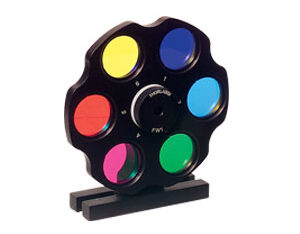

Lenses
Lenses are ubiquitous in optical setup.
Convex, Plano Convex, Concave, Plano Concave, Axicons, GRIN, Cylindrical, Aspheric, Achromatic, etc.
Mirrors
UV to IR wavelength range.
Broadband, Laser Line, Low GDD Ultrafast, Hot/Cold, Off Axis Parabolic Mirrors.
Available in different standard sizes.

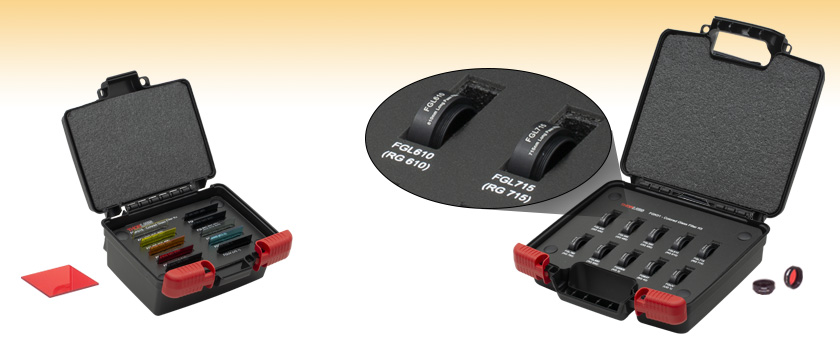
Optic Kits
Would you like help choosing a specific kit for your project? If you let me know what kind of setup you’re working on (laser alignment, imaging, spectroscopy, etc.), I can point you toward the best kit or a good alternative.
Optical Crystals
Optical crystals are high-purity, transparent materials used to manipulate light in optical systems. They are widely used in applications such as lasers, nonlinear optics, imaging systems, and telecommunications. These crystals have specific optical properties like birefringence, transparency over a wide spectral range, high damage threshold, and precise refractive indices.


Optical Isolators
An optical isolator (or optical diode) is a non-reciprocal device that allows light to pass in one direction only and blocks it in the reverse direction. It is commonly used in laser systems to prevent back reflections, which can destabilize or damage the laser source.
Polarizers
An optic polarizer is a device that filters light waves, allowing only light with a specific polarization direction to pass through. It converts unpolarized or mixed-polarization light into linearly, circularly, or elliptically polarized light.
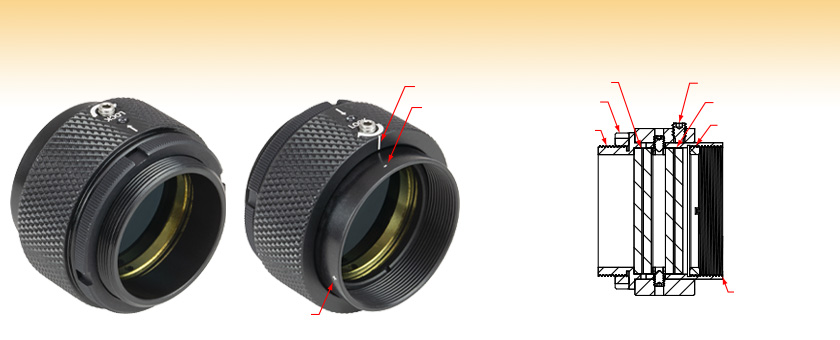

Waveplates
A waveplate (or retarder) is an optical device made from a birefringent material that alters the polarization state of light. It works by introducing a phase shift between the orthogonal components of the electric field of a light wave.
Honeycomb Breadboards
Honeycomb breadboards are lightweight and rigid structures used in optical setups. They consist of a thin, flat surface layer bonded to a core of honeycomb-shaped cells. This design provides excellent stability and vibration damping, crucial for precise optical experiments.


Optical Table Accessories
Overhead shelving options for optical tables, accessories include equipment for use with pneumatic vibration isolation systems for optical tables and optical breadboards, earthquake restraints, magnetic sheets to cover steel breadboard holes, and a kinematic periscope system. Range of enclosures, including breadboard enclosures, laminar flow enclosures, laser safety curtain systems, blackout curtain systems, and optical table enclosure frames.
Optical Table Supports
Optical table supports are critical components in optical setups, providing a stable and vibration-isolated foundation for optical tables. They are typically designed to minimize the transmission of vibrations from the floor to the optical table, ensuring that delicate optical experiments can be conducted without disturbance. Optical table supports come in various designs, including passive and active isolation systems


Optical Tables
Optical tables are vibration-isolated platforms used to support sensitive optical experiments.They are designed to minimize the effects of external vibrations, ensuring the stability and precision of the optical components mounted on them.Optical tables are typically made of rigid materials like steel honeycomb structures, and they often incorporate vibration isolation systems like pneumatic legs or damping materials.
Kinematic Mirror Mounts
A kinematic mirror mount is a precision mechanical device used to hold and adjust mirrors in optical setups. It allows fine angular alignment (typically tip and tilt) of a mirror while maintaining mechanical stability.
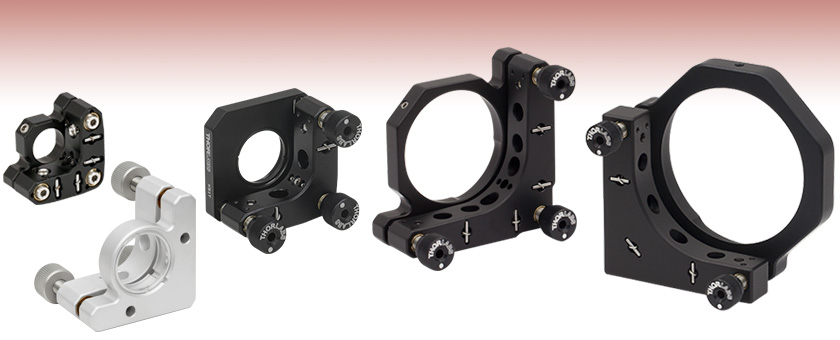

Lens Mounts
A lens mount is a mechanical interface used to secure a lens in optical or imaging systems. It ensures the lens is properly aligned with the optical axis and can be easily installed or replaced.
Optical Cage Systems
An optical cage system is a modular mechanical framework used to build and align complex optical setups in a precise and stable way. It uses rods, plates, and mounts to hold optical components like lenses, mirrors, filters, and beam splitters in a fixed and adjustable structure.

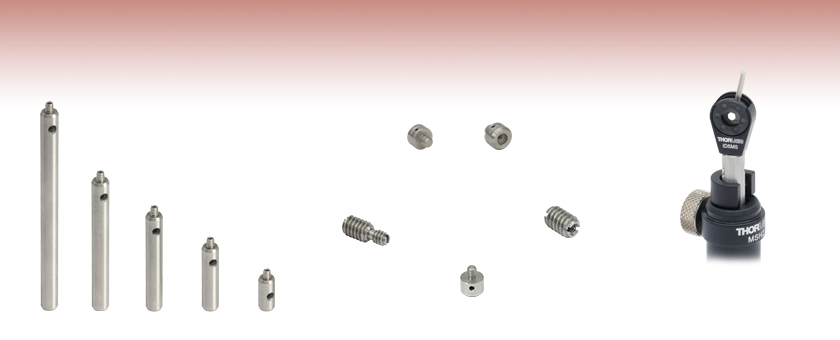
Optical Posts
An optical post is a cylindrical support rod used to mount and position optical components like mirrors, lenses, and beam splitters in lab setups. It connects mounts to base plates or breadboards and allows for height adjustment and stable vertical positioning.
Optical Rails
An optical rail is a precision-aligned linear track used to mount and position optical components along a straight line. It provides a stable and adjustable platform for creating and modifying optical setups.


Opto-Mechanics Kits
An opto-mechanics kit is a set of precision components used to build and assemble optical setups. These kits include parts such as mounts, rails, posts, clamps, mirrors, lenses, and filters that allow for stable alignment and adjustment of optical elements in laboratory or experimental environments.
Post Holders
A post holder is a precision mechanical device used to secure optical posts to a breadboard, optical rail, or base plate. It allows for adjustable positioning of optical posts, enabling the alignment of optical components such as lenses, mirrors, and detectors.

